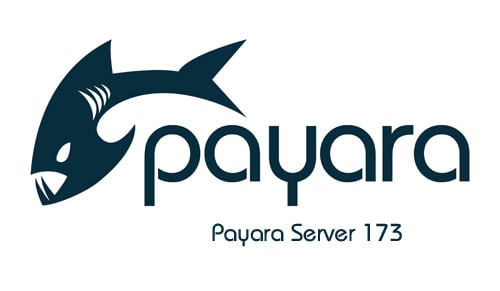Archive from August 2017
'5 ways to improve your Java EE applications in reactive way' - Ondrej Mihalyi at GeeCON 2017
Published on 30 Aug 2017
by Ondro Mihályi
Topics:
Java EE,
Payara Micro,
Microservices,
JVM
|
0 Comments
Have you ever wondered how you can improve the performance of your applications under high load? You've probably heard that reactive design can help meet better response time and make your applications more flexible. In this presentation, I will show that you don’t need to rewrite your Java EE applications from scratch to achieve that!
REST Monitoring in Payara Server
Published on 24 Aug 2017
by Matthew Gill
Topics:
REST,
JMX
|
5 Comments
The Payara Server 173 release included a technical preview of the REST Monitoring Service, which is a service to expose JMX monitoring MBeans over HTTP. As of Payara Server 174, this feature is no longer in tech preview.
One big problem with JMX is that JMX monitoring uses RMI (Remote Method Invocation), which can lead to a few nightmares if, for example, you have a firewall which blocks connections over RMI ports. The REST monitoring service in Payara Server now provides a service which will be very familiar to users of Jolokia in that it makes this monitoring data available over HTTP, making the data available in a more standard format (JSON) and accessible over a standard HTTP connection.
Oracle announces its plans to move Java EE to an open source foundation
Published on 18 Aug 2017
by Dominika Tasarz
Topics:
Java EE,
GlassFish,
MicroProfile
|
0 Comments
In the official announcement published on the Aquarium blog today, Oracle revealed that it seriously considers moving Java EE to an open source foundation.
What's new in Payara Server & Payara Micro 173?
Published on 15 Aug 2017
by Mike Croft
Topics:
What's New,
Healthcheck,
MicroProfile
|
3 Comments
What's new in Payara Server & Payara Micro 173?
Published on 15 Aug 2017
by Mike Croft
Topics:
What's New,
Healthcheck,
MicroProfile,
Japanese language
|
0 Comments
Qué novedades trae Payara Server & Payara Micro 173?
Published on 15 Aug 2017
by Mike Croft
Topics:
What's New,
Healthcheck,
MicroProfile,
Spanish language
|
0 Comments
Securing a Payara Server Cluster using NGINX
Published on 10 Aug 2017
by Matthew Gill
Topics:
NGINX,
Hazelcast,
Clustering,
How-to,
Scalability
|
3 Comments
In order to make a cluster of servers appear as one server, you need to introduce a load balancer. A load balancer will accept a request, and redirect it to one of the members of the cluster depending on a given configuration. A web server such as NGINX or Apache can act as this load balancer as well as a reverse proxy, which allows the web server to load balance requests across the cluster, act as a termination point for SSL connections to reduce strain on the cluster, as well as cache server content for quicker access. In this blog, we will set up NGINX as a reverse proxy and secure it using SSL.
Using the Payara Micro Maven Plugin
Published on 03 Aug 2017
by Mike Croft
Topics:
ActiveMQ,
JMS,
Maven,
Payara Micro,
Microservices,
How-to,
Uber JAR
|
4 Comments
Payara Micro provides build tool plugins for Maven and Gradle. The plugins allows to start/stop/reload Payara Micro instance and package uber jar bundle of application. To illustrate the use of Payara Micro Maven Plugin, I'll be revisiting my earlier blog on another feature of Payara Micro - the ability to use Payara Micro as a JMS consumer.




